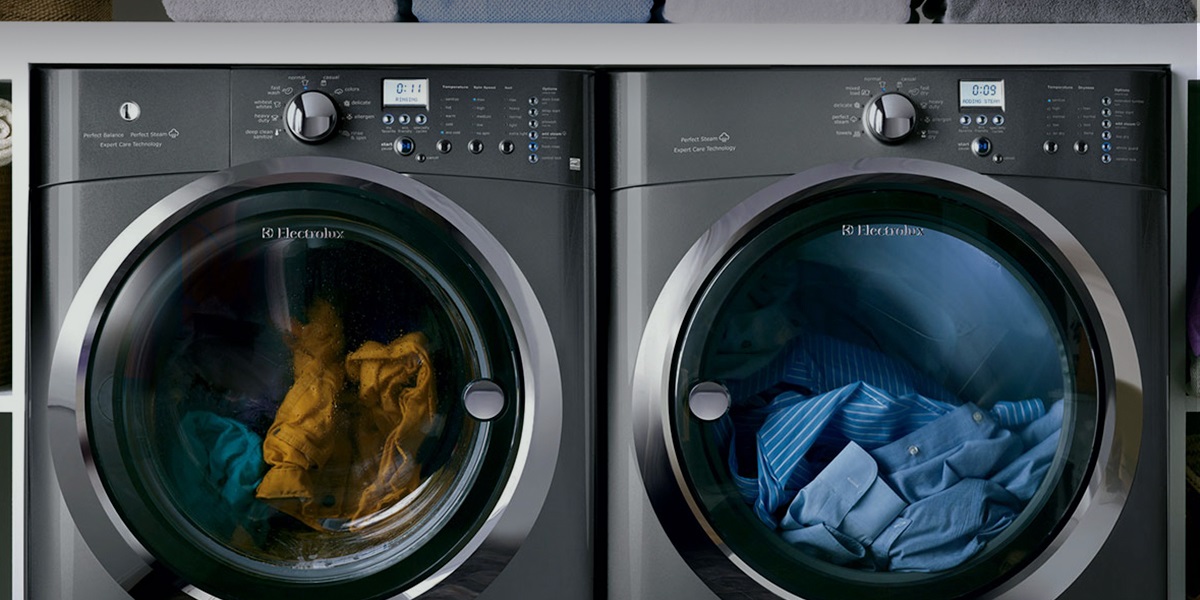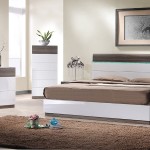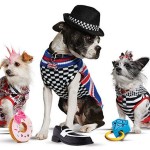
Everything You Need To Know About Washing Machines
Washing machines are one of the main household items that symbolise the modern world and how far humanity has progressed with all these commodities that greatly facilitate our lives. In fact, as you already know, a washing machine lets you keep your clothes clean and fresh with minimal effort and increase your longevity. If you’re looking to buy a washing machine, here is a guide to help you get all the needed information in order to make a decision on which type suits you best and which features you want your washing machine to have.
Types:
Top-Loading Machine: This is the standard and traditional type of washing machine with its vertically positioned tube that you fill with clothes by opening the lid on the top. The machine disposes of an agitator that will spin the clothes for about 5 minutes. The machine will then drain and remove all the used water to fill it with new water only to spin again; and it goes that way for the next rounds. In terms of benefits, the top-loading machine is more affordable; it is better suited for elderly people as it doesn’t necessitate for you to kneel down or bend to open the machine; you can also throw in some additional, previously forgotten clothes while the machine is still working thanks to its top lid; and it works with a greater number of detergents, although it is recommended to avoid using too strong a detergent as it may have a negative effect on your clothes.
On the downside, the top-loading washing machine uses up a lot of water, at least 2 to 3 buckets for each round, there is thus significant waste; the way the agitator spins around the clothes may damage garments made with a soft material; while the spin mechanism in itself soaks completely the clothes so that it takes longer for them to dry.
Front-Loading Machine: The more modern counterpart, the front-loading machine has instead a horizontally positioned tube with a trademark round front door. Overall, the front-loader is more efficient and wastes much less water, but it has its negatives too. In fact despite being more energy efficient, consuming three times less water, and an overall faster mechanism that allows less time for the clothes to dry, the front-loading washing machine is generally less affordable and you’ll have to get newer and naturally more expensive detergents. These detergents contain no risk for the clothes on the other hand, which makes a front-loader a better choice after all, if you have the budget for it.
Mini Washing Machine: If you happen to live on your own and do not have that much laundry to regularly wash, a mini washing machine is the way to go. The mini machine does in fact save you considerable space, it doesn’t any installation, and it would only involve a basin with a faucet or a bathroom tap for it to work properly by filling water into the tube. It is not recommended however for heavier laundry such as bed sheets or jeans, and the small allocated space entails low capacity, 3 to 4 kgs.
Controls:
Semi-Automatic: A semi-automatic washing machine implies you’ll have to do some things manually. Top-loading washing machines are an example since you need refilling the machine with water but also drain it out. Such machines are generally provided with timer and speed options so that you can monitor the wash and reduce the consumption to a more optimal level. Manual handling also means a cheaper machine obviously.
Full Auto: The fully automatic washing machine is perfect for the busy people out there (and there are many!). You are only required to put the laundry inside and add the detergent, the machine will do the rest. Once the washing is over, the draining takes place with an air blower, giving the clothes a characteristic and savory fresh smell. There exists full auto machines for the 2 main types, with full automatic top loaders mixing the washing and drying compartments while they are separated in the semi-auto versions.
Some Important Features:
Machine Material: Machines are mainly either coated with plastic or with enamel, giving it a rather nice glittering effect. Plastic is more durable as the enamel coating tends to get chipped because of the heat. It is recommended to have stainless steel tubes as it is the most reliable material for this.
The Spin: Top-loaders spins at about 300 to 500 rpm, while the front-loaders achieve double that capacity, making the former a good choice for soft clothes and the latter well-suited for heavier, thicker clothes.
Wash Setup: It’s important to have a machine that have some adjustable settings, such as a gentle wash for softer clothes and some other specific washes.























